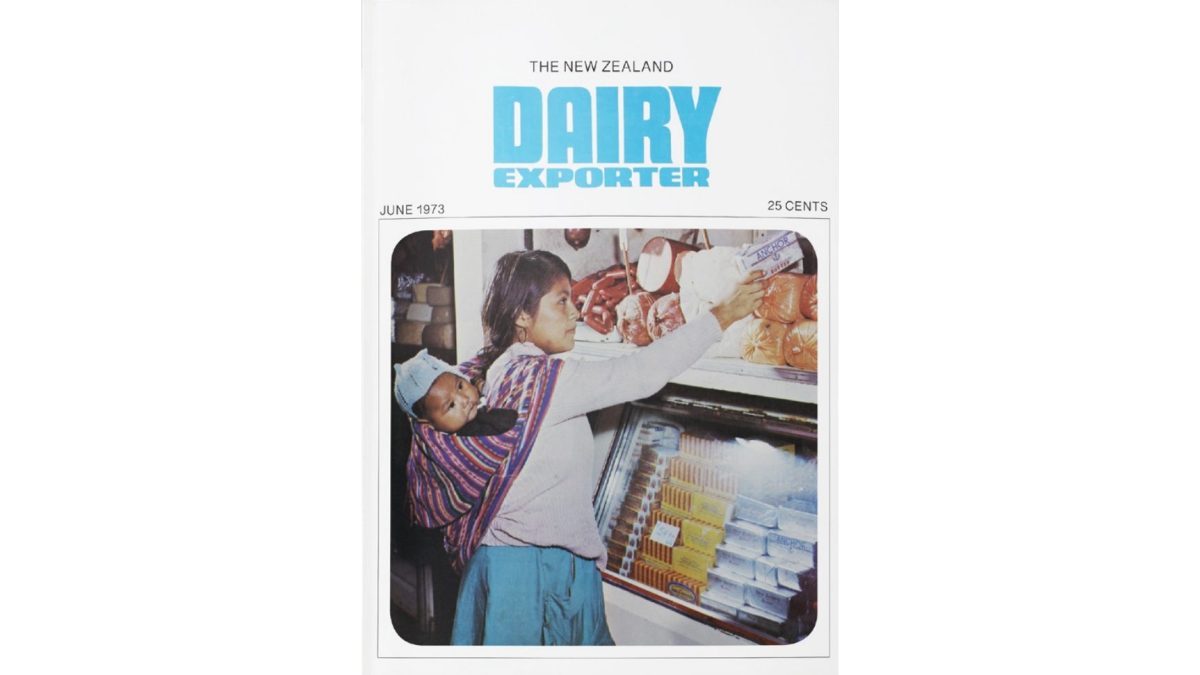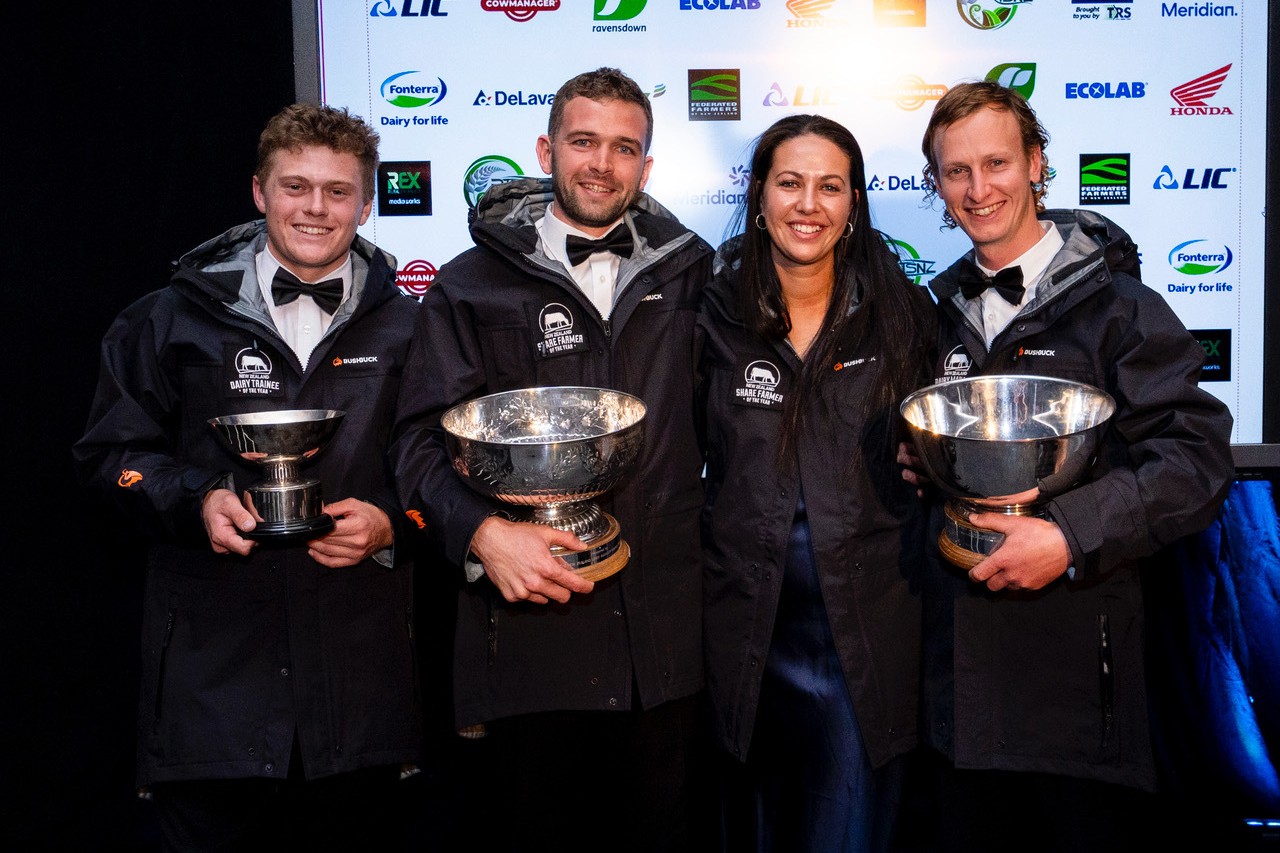50 Years Ago in Dairy Exporter: June 1973
As NZ Dairy Exporter counts down to its centenary in 2025, we look back at the issues of earlier decades.

DON’T KNOCK S.I. DAIRYING
Too many people are too ready to discount the South Island’s efforts and the opportunities it offers.
The South Island has considerable areas with potential for dairying and it has some enthusiastic and hardworking dairy farmers.
But both farmers and development suffer from one major limiting factor – isolation. And it is this problem which gives South Island dairying the surface appearance of being five years behind the times in many instances. For a start, the South Island contains only about six per cent of New Zealand’s dairy industry.
Places within a 10-mile radius of several Taranaki and Waikato centres can match this with ease. Spread the cows from those areas over the landmass of the South Island and you can get some inkling of the difficulties of the southern dairy farmer.
A BREEDING PROGRAMME THAT MAY SHOW SOME PREJUDICES
An interesting breeding programme in a well-recorded Taranaki milk herd may show that second-cross cows are not the poor quality animals that so many dairy farmers fear.
The numbers involved are small yet and consequently the results to date cannot be regarded as conclusive, but eventually the programme may shake some strongly held theories which could prove to be prejudices. One cow in the herd, a second-cross to a Friesian, has produced 502lb of milkfat and has an ELP of +138. Any cow with that performance deserves close study.
NEW COULTER AND HARROW DESIGN IS PROMISING
A new design of coulter for direct drilling into pastures has been designed at Massey University. Described as “chisel shaped”, it features a narrow groove at ground level and a wider cut below the surface.
Experimental results have been most encouraging, especially in dry conditions.
The design provides a better seed bed for improved germination, and the narrow surface cut protects the plants from the full effects of dry conditions.
Mr C. J. Baker, senior lecturer in agricultural mechanisation at the university, described the new implements in a paper presented at the annual Massey dairyfarmers’ meeting.
Mr Baker said that until recently no New Zealand machine had been specifically designed to follow ground surface irregularities of uncultivated and often unlevelled seed beds.
MARGARINE A LIVELY TOPIC AT CONFERENCES
Competition from margarine to the New Zealand domestic butter market was a recurring theme during this year’s round of Dairy Board ward conferences. One remit adopted at the opening conference in Palmerston North and endorsed at Hamilton raises the possibility of obtaining
money to advertise butter from an increased levy on dairy companies. This is to overcome a Government objection to using industry funds for an “advertising war” in support of butter against margarine.
The General Manager of the New Zealand Co-op Dairy Company, Mr R. A. Haggie, said his company had been advertising butter and he thought it was necessary to continue to combat the effects of margarine advertising, which had improperly used the unproven threat of heart
damage from butter consumption. He considered it was essential to “bring public relations to bear”.
Margarine producers had been able to promote their product while butter producers were being restricted from advertising, and there was also a substantially greater profit margin for retailers in favour of margarine.
Thanks to the Hocken Library, Dunedin





